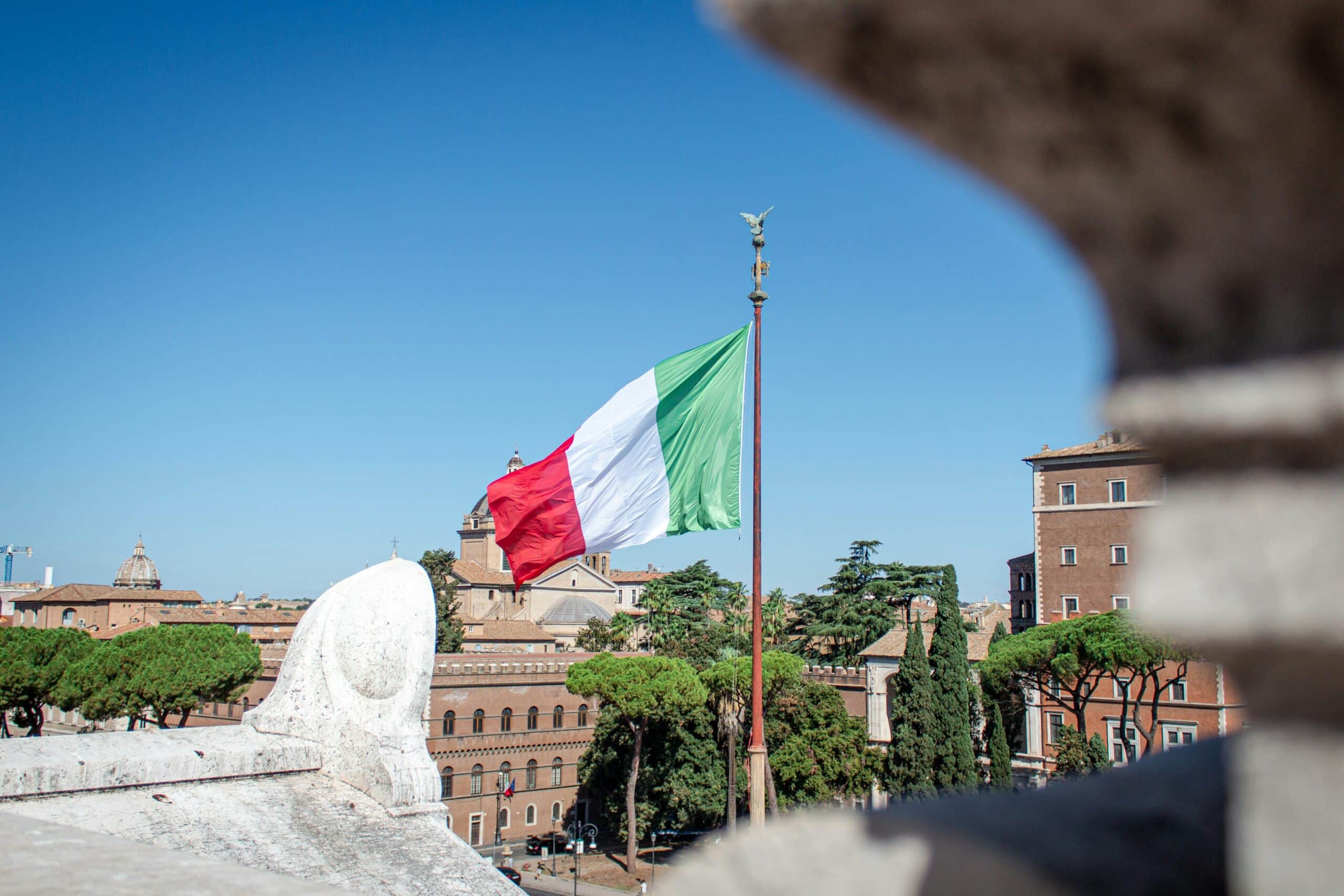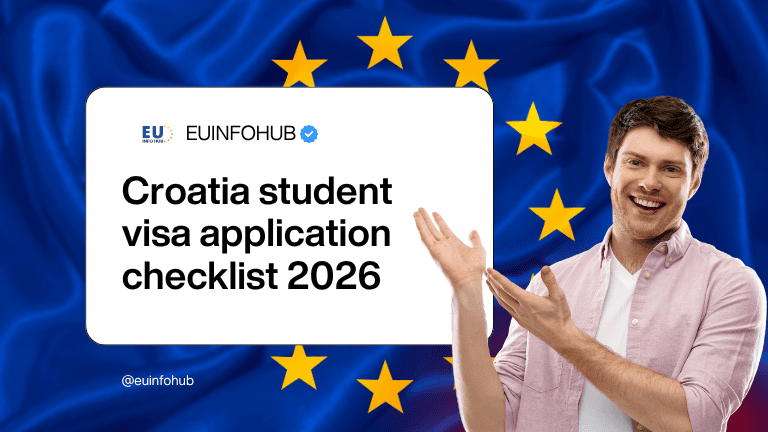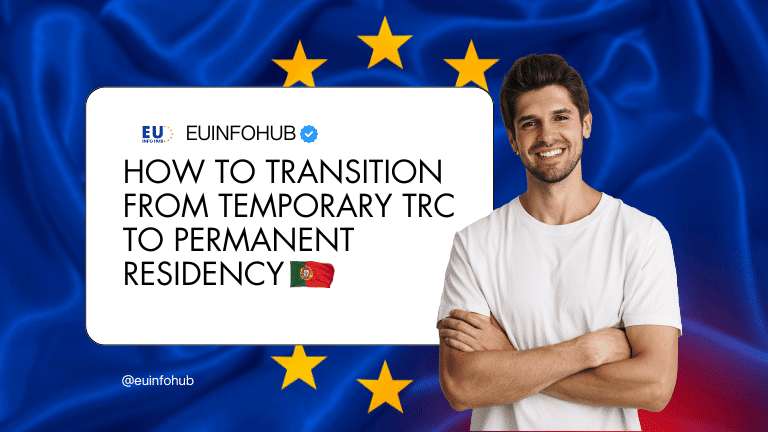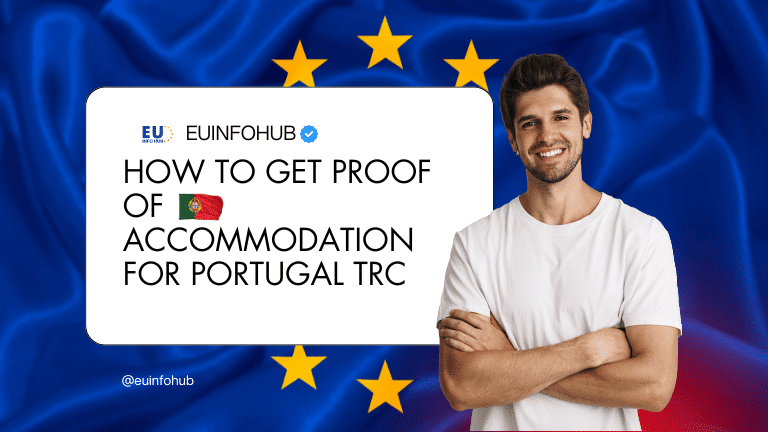Are you planning to study in Italy in 2026? Navigating the Italy student visa application checklist for 2026 can feel overwhelming, but with this guide you’ll breeze through each step. By following this roadmap you’ll know exactly which documents to prepare, when to book your consulate appointment, and how to secure your residence permit once you arrive. Whether you’re new to student permits or you’ve checked out our step by step guide for student permit, this is your go-to resource.
Understand visa options
Before you dive into paperwork, it helps to know which visa fits your program. Italy issues two main student visas and each comes with its own rules.
Short stay visa (Type C)
- Valid up to 90 days
- Ideal for language courses, short internships, or summer programs
- Does not require a residence permit after arrival
Long stay visa (Type D)
- Required for degree programs longer than 90 days
- Allows you to stay in Italy for study plus internships
- Must apply for a residence permit (permesso di soggiorno) once you arrive (educations.com)
Biometric requirement update
As of January 10, 2025, all long-term (D-visa) applicants must schedule an in-person appointment to submit biometric data (fingerprints and photo) at their local Italian consulate (Y-Axis News). Make sure you plan for this extra step in your timeline.
Gather required documents
Having a complete dossier on day one saves you stress later. Here’s what you’ll need at minimum:
- Valid passport with at least six months validity beyond your program end date
- Two recent passport-style photos (35×45 mm)
- Letter of acceptance or enrollment proof from your Italian institution
- Academic transcripts or diplomas (translated and legalized if required)
- Proof of accommodation (rental contract, dorm confirmation, or host invitation)
- Health insurance covering at least €30 000 for emergency treatment and repatriation (BusinessBecause)
- Proof of financial means (minimum €500 per month, see options below)
- Completed visa application form (download from consulate website)
- Receipt for visa application fee payment
- Any consulate-specific forms or affidavits
Proof of financial means
You must show you can cover living and tuition costs. Acceptable evidence includes:
- Personal bank statements with a steady balance of at least €5 500 for one year (Golden Future)
- Scholarship award letter, detailing amount, coverage period, and disbursement
- Sponsor’s affidavit plus their bank statements
- Education loan sanction letter from an accredited bank
Schedule your appointment
Booking your consulate slot early is crucial. Slots fill fast, so aim for 8–12 weeks before your program’s start date.
- Check your nearest Italian embassy or consulate website for booking portals
- Plan your appointment about 4–6 weeks after receiving your acceptance letter (APIAbroad)
- Keep your passport free of travel stamps during this period (consulate holds it while processing)
- If slots are full, monitor the booking system daily for cancellations
Attend consulate appointment
On appointment day you’ll hand in your documents and give biometric data. Here’s what to expect:
Bring your documents
- Originals plus one photocopy of each document
- All forms neatly organized in a folder or binder
- Application fee receipt and any additional consular fees (check payment methods accepted)
Undergo biometric enrollment
- Fingerprints and a digital photo are captured on site
- Processing time per applicant takes about 10 minutes
- If you miss this, you’ll need a new appointment slot
Pay your fees
Knowing the exact fees helps you avoid surprises. Use the table below as a quick reference:
| Fee type | Cost | When to pay |
|---|---|---|
| Visa application (under 12 months) | €40 | At consulate appointment |
| Visa application (12–24 months) | €50 | At consulate appointment |
| Additional consular/admin fees | Varies | Depends on your consulate |
| Residence permit (permesso di soggiorno) | €100–€250 | After arrival, via post office |
| Health insurance coverage | €30 000 min | Purchase before visa appointment |
All fees are payable in local currency (euros) and may require a postal money order or credit card. Confirm payment details on your consulate’s website.
Track your application
After submitting, you’ll wait for a decision. Processing times vary, but you can generally expect:
- 2–8 weeks for most consulates (BusinessBecause)
- Many students see approval within 30 days (APIAbroad)
To stay on top of your application:
- Note the tracking number given at your appointment
- Check the consulate portal or email updates weekly
- Follow up by phone or email if no news after 30 days
Obtain your residence permit
Once you land in Italy on a long-stay visa, you’ll need a permesso di soggiorno to stay legally. Complete these steps within 8 days of arrival:
- Pick up the “kit postale” (application envelope) from a post office offering the service
- Fill in forms, attach photos, and pay the postal fee (€100–€250)
- Mail the kit via registered post to your local Questura office
- Wait for a call to schedule fingerprinting and photo at Questura
- Collect your card in person (bring passport and receipt)
Reporting your arrival and getting this permit is mandatory (educations.com). Keep your card safe and carry it when you move around.
Plan your travel timing
Your passport stays at the consulate during processing, so avoid international trips 3 months before your program (APIAbroad). Also:
- Arrive in Italy at least 1–2 weeks before classes start to settle in
- Book accommodation and flights only after visa approval
- Consider travel insurance for unexpected delays or cancellations
Avoid common mistakes
Even small slip-ups can slow your visa journey. Watch out for these:
- Submitting incomplete or illegible documents
- Booking appointments too close to program start date
- Choosing the wrong visa type (Type C vs Type D)
- Underestimating required financial proof
- Ignoring consulate-specific instructions (forms, fees)
- Neglecting to follow up on a delayed application
For a deeper look at pitfalls, check our common mistakes on student visa applications.
Explore other checklists
Planning studies elsewhere in Europe? We’ve got you covered with dedicated guides:
- Austria student visa application checklist 2026
- Belgium student visa application checklist 2026
- Bulgaria student visa application checklist 2026
- Croatia student visa application checklist 2026
- Cyprus student visa application checklist 2026
- Czech Republic student visa application checklist 2026
- Denmark student visa application checklist 2026
- Estonia student visa application checklist 2026
- Finland student visa application checklist 2026
- France student visa application checklist 2026
- Germany student visa application checklist 2026
- Greece student visa application checklist 2026
- Hungary student visa application checklist 2026
- Ireland student visa application checklist 2026
- Latvia student visa application checklist 2026
- Lithuania student visa application checklist 2026
- Luxembourg student visa application checklist 2026
- Malta student visa application checklist 2026
- Netherlands student visa application checklist 2026
- Poland student visa application checklist 2026
- Portugal student visa application checklist 2026
- Romania student visa application checklist 2026
- Slovakia student visa application checklist 2026
- Slovenia student visa application checklist 2026
- Spain student visa application checklist 2026
- Sweden student visa application checklist 2026
- General student visa application checklist
Your key takeaways
- Know whether you need a short-stay (C) or long-stay (D) visa
- Gather and legalize all documents well ahead of time
- Book your consulate appointment 8–12 weeks before classes start
- Bring originals and copies, and complete biometric enrollment
- Pay the right fees and track processing online
- Apply for your permesso di soggiorno within 8 days of arrival
- Avoid slips like missing funds proof or wrong visa type
- Use this checklist to stay on track and travel stress-free
Which step will you tackle first? Let us know in the comments below, and share this guide with fellow future students heading to Italy. Buona fortuna on your visa journey!















